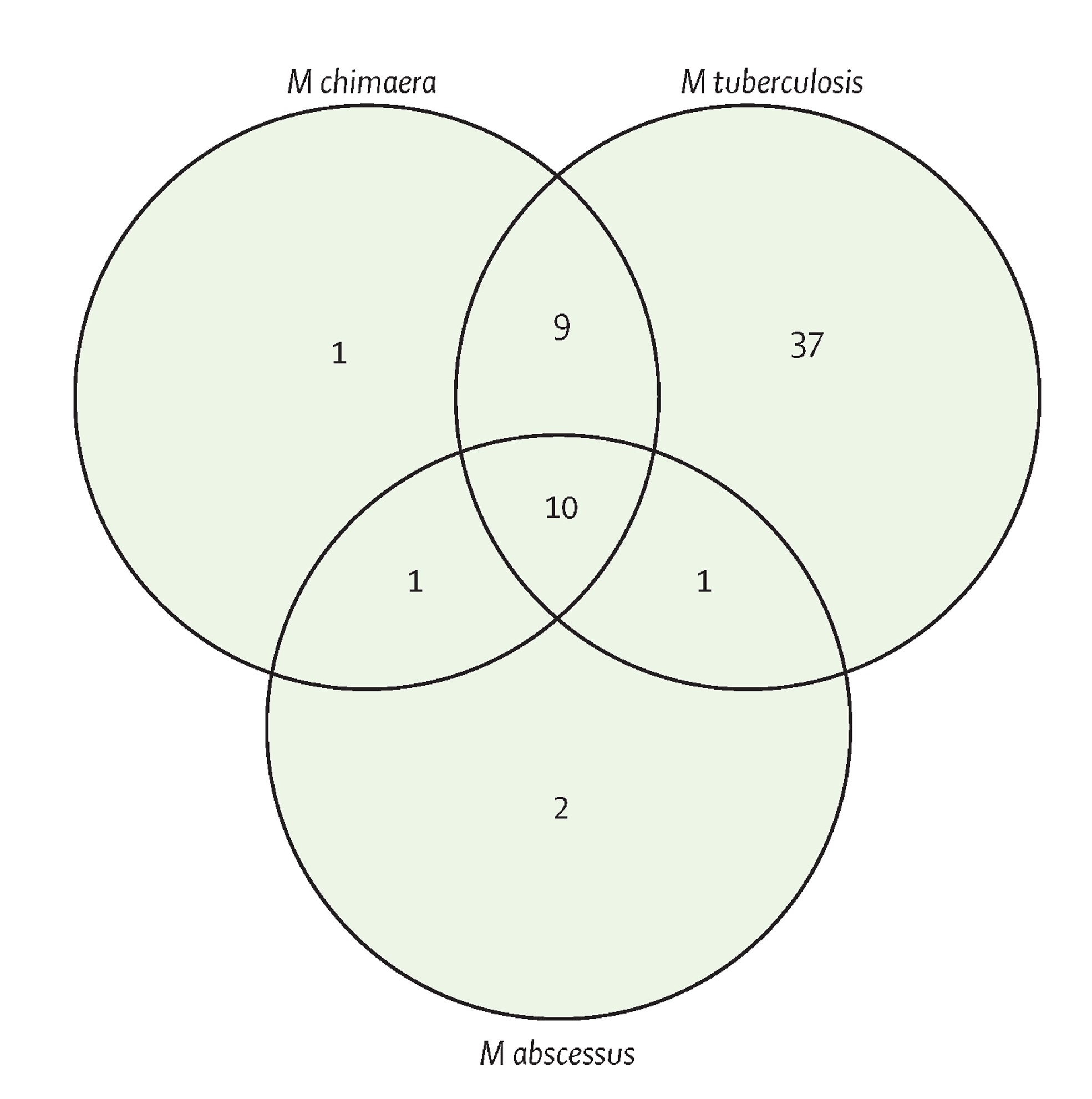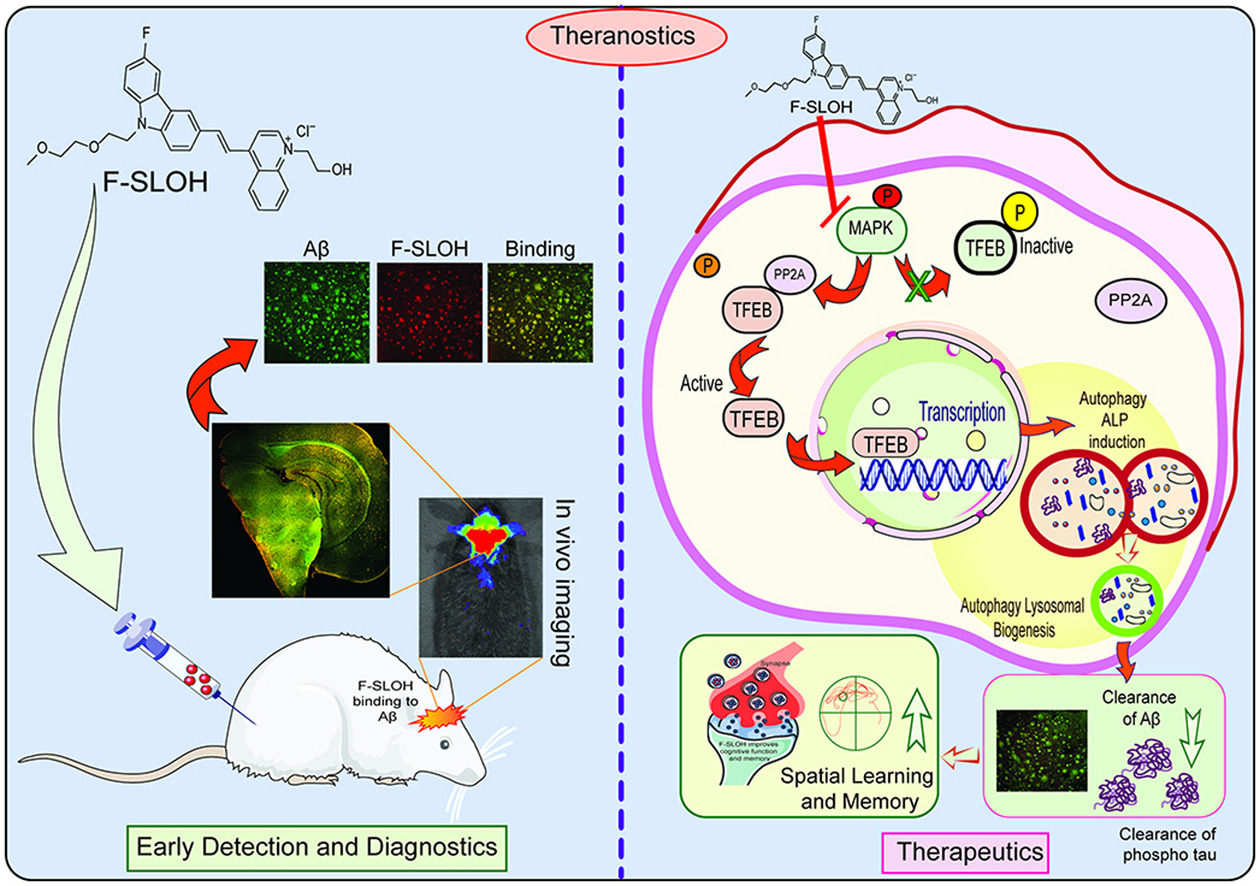Elsevier, Current Developments in Nutrition, Volume 6, 1 May 2022
This study demonstrates that a multipronged SBCC (social and Behavior Change Communication) intervention can modify mothers’ complementary feeding practices, improve fathers’ and mothers’ knowledge of complementary feeding, and increase fathers’ support for complementary feeding, despite low levels of participant-reported exposure to some intervention components.
Elsevier, Current Developments in Nutrition, Volume 6, 1 May 2022
The findings in this paper suggest that both supply- and demand-side solutions are needed to improve HMG (health mothers’ group) performance and uptake in Nepal. These solutions need to include improving FCHV (female community health volunteer) skills and motivating them to provide high-quality HMG services, as well as encouraging family members to support women so that they have time to participate in the HMGs.
Elsevier, Current Developments in Nutrition, Volume 6, 1 May 2022
This paper's findings highlight various facilitators and barriers that need to be given special attention during the design and implementation phases of PDH (Positive Deviance/Hearth) and PDH-IVC (Positive Deviance/Hearth-Interactive Voice Calling program). The mental health, time, and resource constraints of elderly caregivers should also be addressed for a context like Cambodia when implementing child-focused health and nutrition programs.
Elsevier, Women's Studies International Forum, Volume 92, 1 May 2022
While there is much research on men's mental health and sport, there has been less focus on women's gendered experiences of mental health and sport. Sport is widely considered to improve or sustain mental health, but it can be a problematic space for women. Focusing on four in-depth interviews with two women from a case study of an Australian field hockey club, we examine how women negotiate and manage their mental health and recovery from trauma through sport participation.
Elsevier,
Redox Biology, Volume 51, May 2022
This paper reveals effective etiological capabilities of theranostic F-SLOH to target and intervene multiple neuropathological changes in AD mouse models. Therefore, F-SLOH demonstrates tremendous therapeutic potential for treating AD in its early stage.
Elsevier,
Archives of Gerontology and Geriatrics, Volume 100, 1 May 2022
This study examines the impact of adverse childhood experiences on the mental health of older adults and explores the role of physical and cognitive functions as mediators. It also finds that the number of children moderates the relationship, with ACEs having a stronger effect on mental health for older adults with fewer children.
Elsevier,
Archives of Gerontology and Geriatrics, Volume 100, 1 May 2022
A study in Osaka, Japan, investigated social support's effect on mental health across different age groups. The study suggests prioritizing neighbourly support in mental health interventions for the pre-old population.
Elsevier,
The Lancet Planetary Health, Volume 6, April 2022
This Article supports SDGs 3 and 6 by developing estimates of regulated metals in community water systems, which can be used in future studies, and by showing that there are significant sociodemographic inequalities in public water uranium concentrations.


